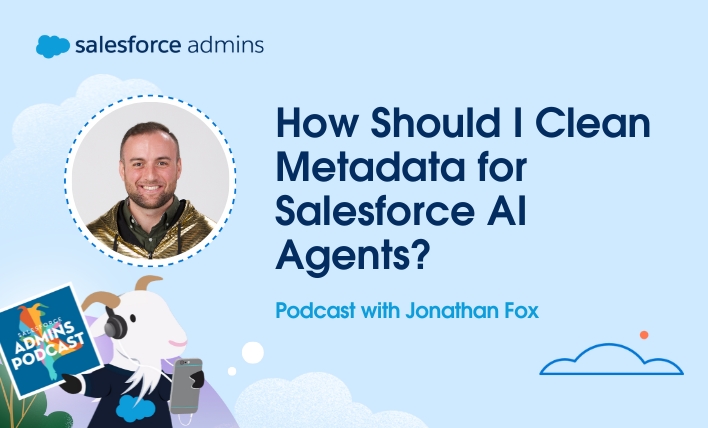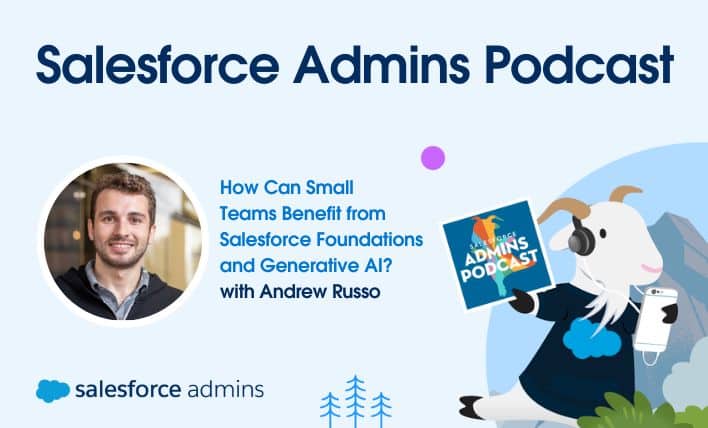Today on the Salesforce Admins Podcast, we talk to Joshua Birk, Admin Evangelist at Salesforce. Join us as we chat about why your metadata is crucial for building effective AI agents. You should subscribe for the full episode, but here are a few takeaways from our conversation with Joshua Birk. Why multi-tenancy still matters for […]






